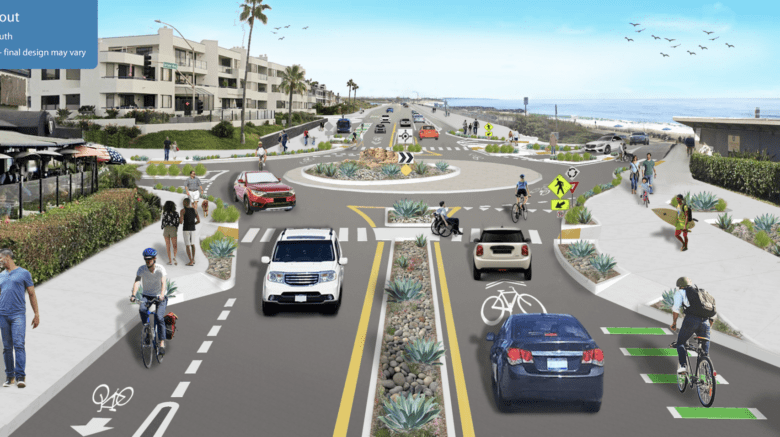On February 6th, the Carlsbad Traffic and Mobility Commission will be voting on whether to install a single-lane roundabout or a traffic signal at the intersection of Carlsbad Boulevard and Tamarack Avenue. We’re strongly supportive of the roundabout option because it has proven safety benefits for drivers, cyclists, and pedestrians alike. You can help us convince the city to choose this option by emailing or speaking at Carlsbad’s Traffic and Mobility Commission on February 6th!
Meeting Details:
Monday, Feb. 6, 2023 @ 4 p.m. In person at Carlsbad City Hall, 1200 Carlsbad Village Drive
If you can’t make it in person, send a one-click email to the Traffic and Mobility Commission by clicking below!
Safety Benefits of Roundabouts
The benefits of roundabouts can be difficult to understand, so we want to share four reasons why roundabouts are so much safer than traffic signals, and why we think the proposed Carlsbad Boulevard and Tamarack Avenue roundabout is particularly well designed.
#1: Proven Safety Record
Decades of research have confirmed that roundabouts are safer than stop or signal-controlled intersections. Studies in the United States have found that installing roundabouts leads to 35-47 percent reductions in all crashes and 72-80 percent reductions in serious injury-causing crashes. However, not all roundabouts are created equal– without certain safety features, some roundabouts can be more dangerous for cyclists and pedestrians. As we’ll explain later, though, the roundabout proposed in Carlsbad has safety features that particularly benefit cyclists and pedestrians.
#2: Roundabouts Physically Calm Traffic
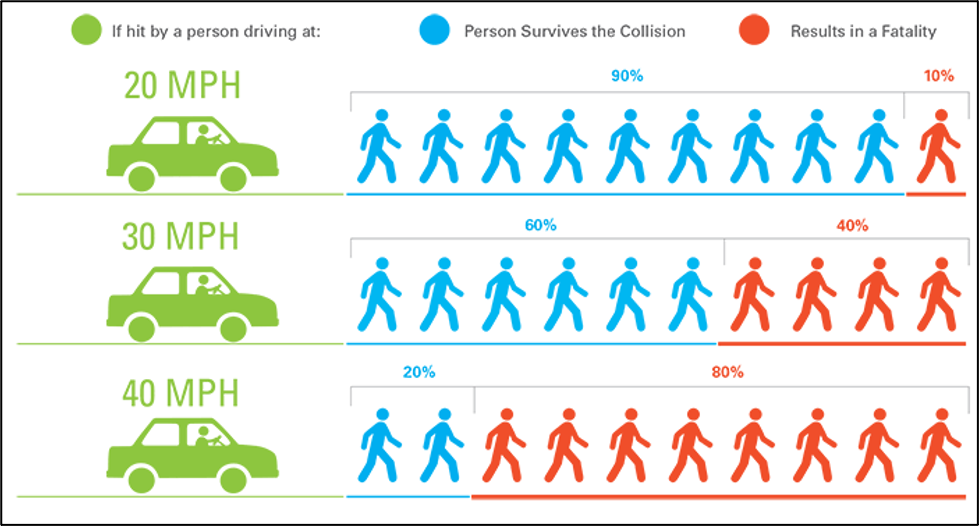
While stops signs and traffic signals order drivers to stop, they ultimately rely on drivers following the law to protect other road users. If a driver is impaired, distracted, or purposefully noncompliant, there is nothing preventing them from blowing through a signal or stop sign and hitting other road users in the intersection at high speed.
Roundabouts, in contrast, force all drivers to slow down by forcing them to navigate around a fixed object in the middle of the intersection. Roundabouts designed to accommodate bicycle and pedestrian traffic– like the one proposed at the intersection of Tamarack and Carlsbad– have a design speeds of 15-20mph, meaning the angles to navigate the roundabout are sharp enough that drivers cannot comfortably pass through at higher speeds. Regardless of a driver’s intent or state of impairment, roundabouts make it impossible for them to blow through an intersection at high speed. Even if a driver is so impaired that they do not see the roundabout, the center of the roundabout will stop them and prevent them from harming other people in the intersection.
Slowing drivers down is crucial because speed is by far the highest factor in determining whether a pedestrian or cyclist will survive a crash. While the odds of a pedestrian dying are only 10% if they are hit by a car traveling 20 mph, those odds increase to 75% when a car is traveling 50 mph. With a signalized intersection, we could expect drivers to regularly speed through at 50mph on Carlsbad Blvd. A roundabout would make those speeds impossible.
#3: Roundabouts Create Space for Road Diets
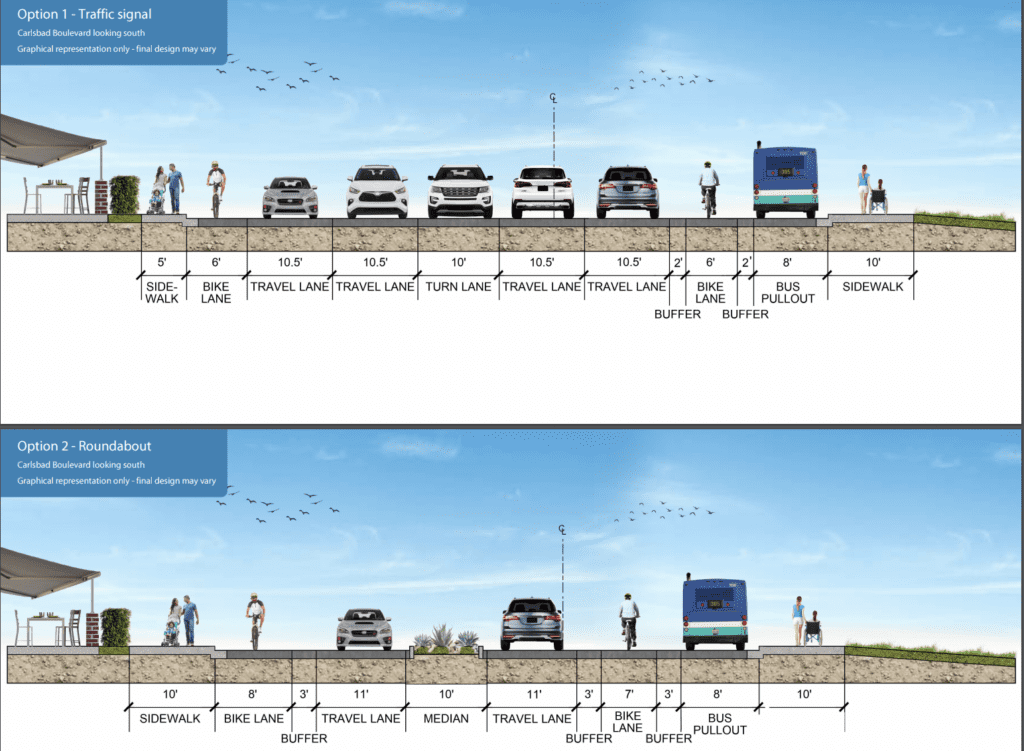
In the two alternatives presented for Carlsbad Boulevard, the roundabout option is proposed to have one lane in each direction, while the signalized option would have three lanes. Believe it or not, the roundabout can accommodate as much or more vehicular traffic!
There are two reasons why this is possible. First, vehicles only have to come to a complete stop when waiting for pedestrians at roundabouts. That means that most of the time, they must slow to 15 mph at roundabouts, but can continue moving through the intersection. This prevents long traffic buildups and allows roundabouts to move as much traffic in one lane as some signalized intersections can move in three. Second, rather than requiring separated queuing lanes for drivers going left, straight, or right, roundabouts enable drivers to use the same lane for all movements by allowing them to exit the roundabout in whichever direction they’d like to go.
Lane reductions are essential for cyclists’ safety and comfort for two reasons. First they create more space in the roadway that can be used for bike lanes. For example, while the signalized, multi-lane alternative in Carlsbad only allows for narrow, 6-foot bike lanes along the gutter, the roundabout option creates enough space for 8-foot bike lanes with 3 foot buffers in each direction. That would be a radically more comfortable option for cyclists of all ages and abilities.
Second, single-lane roads are much safer for all road users than multi-lane roads. Regardless of the posted speed limit, studies have shown that drivers drive much faster on multi-lane roads than single lane roads. As mentioned earlier, speed is the largest factor in whether a crash is fatal, so slowing traffic speeds is an essential safety strategy.
#4: Well-Designed Roundabouts Provide Different Options for Cyclists of Different Comfort Levels
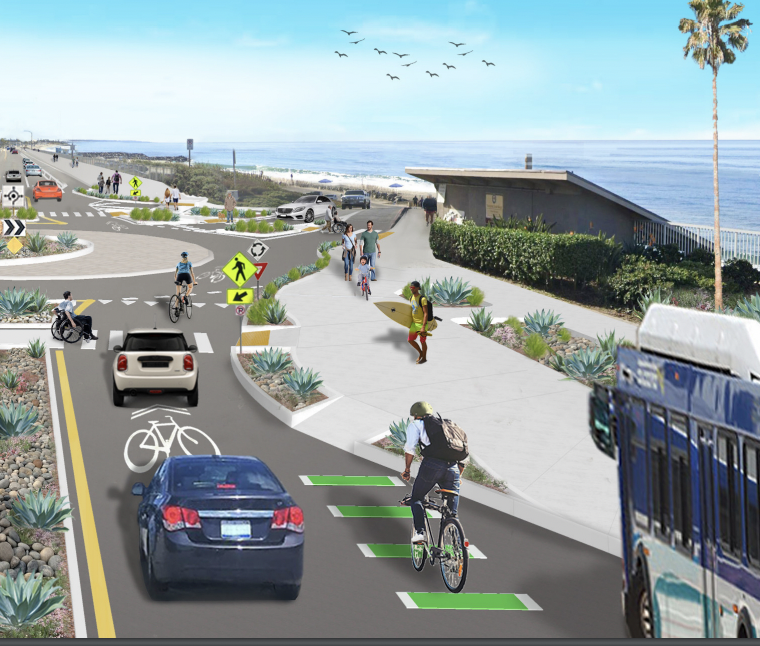
While all roundabouts are safer for drivers, roundabouts must be designed with cyclists and pedestrians in mind to be safer for them as well. Carlsbad’s proposed design thoughtfully considers the needs of cyclists of all comfort levels, which is why we’re enthusiastically supporting it.
Cyclists would have two options when approaching the Tamarack and Carlsbad roundabout from the bike lane. If less confident interacting with traffic, they could merge right onto the multi-use path adjacent to the roadway, allowing them to cross the next leg of the intersection as pedestrians. If more confident, they could merge left into the general-purpose lane, allowing them to navigate the roundabout as a vehicle. With a design speed of 15 mph, commanding the traffic lane as a vehicle would be comfortable for most cyclists. After the roundabout, both options allow cyclists to merge back into the bike lane to continue.
This design is fantastic, because it anticipates the needs of both experienced and inexperienced cyclists. Moreover, studies have shown that this specific design is safer for pedestrians, cyclists, and drivers alike.
Support a Roundabout at Carlsbad and Tamarack!
We’ll need to a lot of people to speak up to convince Carlsbad’s Traffic and Mobility Commission to support a roundabout at the intersection of Tamarack Avenue and Carlsbad Boulevard.
If you can make it, please attend the meeting of the Carlsbad Traffic and Mobility Commission at 4pm on February 6th at Carlsbad City Hall.
If you can’t make the meeting, you can send a one-click email to support this roundabout by clicking the button below!
